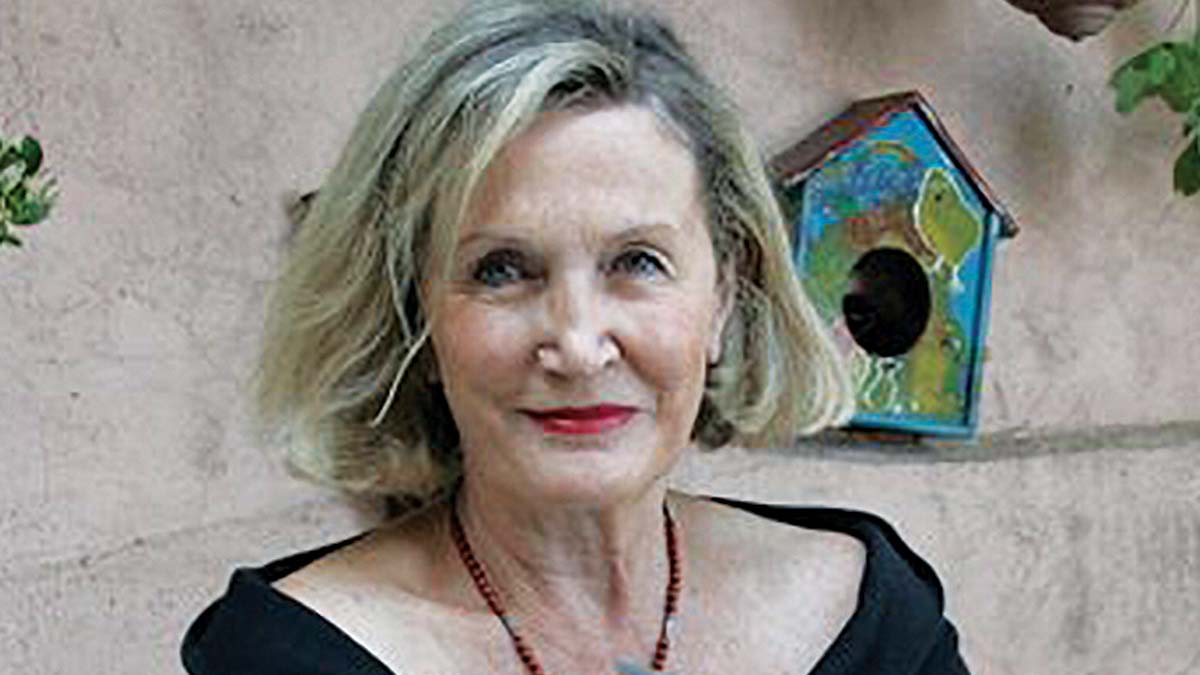AS I SEE IT
MARIANNE HERON
Who would have thought a couple of years ago that our reputation as a friendly nation would be torched not on a bonfire of the vanities but on one of xenophobia and racism?
The burning of the former Torchlight pub in Ringsend and the disused Ross Lakehouse Hotel, Co. Galway, both rumoured to be for housing asylum seekers, are the latest in a series of arson attacks that are crimes which could have ended in tragedy. How were the individuals responsible, whom Minister for Higher Education Simon Harris termed “thugs and criminals”, to know that there weren’t security guards, caretakers or rough sleepers in the buildings? As it is, the crimes have deprived homeless local people and people fleeing for their lives from other countries of shelter. Last week there were 480 asylum seekers sleeping on the streets in bitterly cold weather.
Catholic Archbishop of Dublin Dermot Farrell warned about the “rhetoric of polarisation” that is “rampant in our society at the moment”. Speaking on RTÉ radio in New Year week the archbishop also cautioned about that “significant disinformation” about the nature and of impact by asylum seekers and migrants.
“When you go down those roads, those actions have consequences that are very serious in terms of the destruction of property and denying the people who are on the streets a home. And what are we doing? We’re excluding them. We’re showing that Ireland is a cold place. It’s a harsh place, not the land of the thousand welcomes,” he said.
Many families and communities have upheld our reputation for hospitality but how many of those thousands of welcomes have been offered by the church in the shape of accommodation? With enormous wealth, vacant or nearly empty properties in convents and monasteries worth billions, surely the church could lead by example and to open its doors to those fleeing war and persecution?
Roderick O’Gorman’s department have so far had 74,000 of the 103,300 beneficiaries of short term protection (BOTPs) referred to them for accommodation by the State. According a department spokesperson: “Due to the urgent need to source accommodation, a broad range of accommodation types have been contracted, including hotels, guest houses and B&Bs, religious properties, accommodation operated by voluntary bodies and emergency accommodation. While this is not ideal, the priority is to place people fleeing the conflict in safe and secure accommodation.”
The intention by the church to offer shelter appears to be there. Last year Archbishop Eamon Martin announced a scoping exercise to look at the actual response was hard to gauge as dioceses, parishes and religious orders operate independently.
The bigger picture shows that two years ago one estimate put the value of church-owned lands with around 800 monastic buildings at €12 billion. Then there are there are the properties independently owned by congregations. Over a century ago there were over 300 convents in Ireland, the population of nuns was at its greatest in the 60s at more than 13,000. Since the millennium their numbers have halved from more than 9,000 to more than 4,000 with an average age of 80. Monastic orders have shown a similar decline.
The situation in relation to redress schemes does not suggest that much help with accommodation will be on offer from nuns. The Sisters of Mercy are in negotiations with five other orders with Minister for Children Roderick O’Gorman in relation to the Mother & Baby Institutions Payment Scheme to redress historic abuse. The Sisters of Mercy Congregation is thought to have disposed of more than 45 properties worth a total of €15m in recent years, including a convent sold to the HSE for €2.7m.
This does not include properties sold by the congregation whose proceeds were then transferred to the State for redress.
The State has received just over €1m in cash from the congregation since 2016. Three years after the controversial report on the mistreatment of women in 14 Mother & Baby homes the congregations’ contribution to the State’s €800 million redress scheme still hasn’t been finalised.
It is sobering that we are the only country in Europe – until recent years – where the population has declined in the last century and three quarters of such due to the effect of the Famine and mass emigration. Almost one million people left for the UK alone between 1920 and 1980 and if our population growth had matched that of the UK our population would be around 30 million.
We need more people, we should welcome them.

















